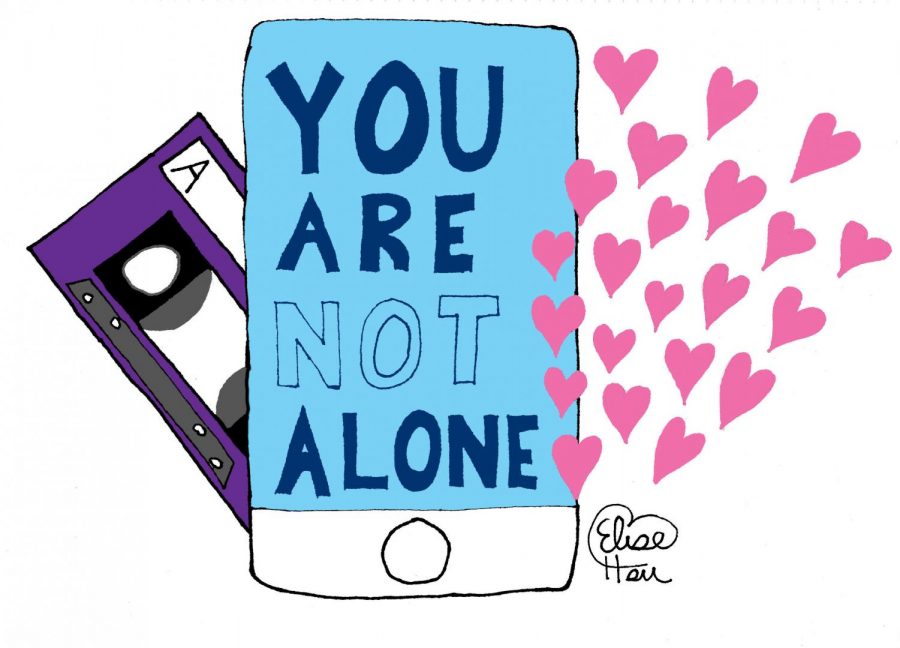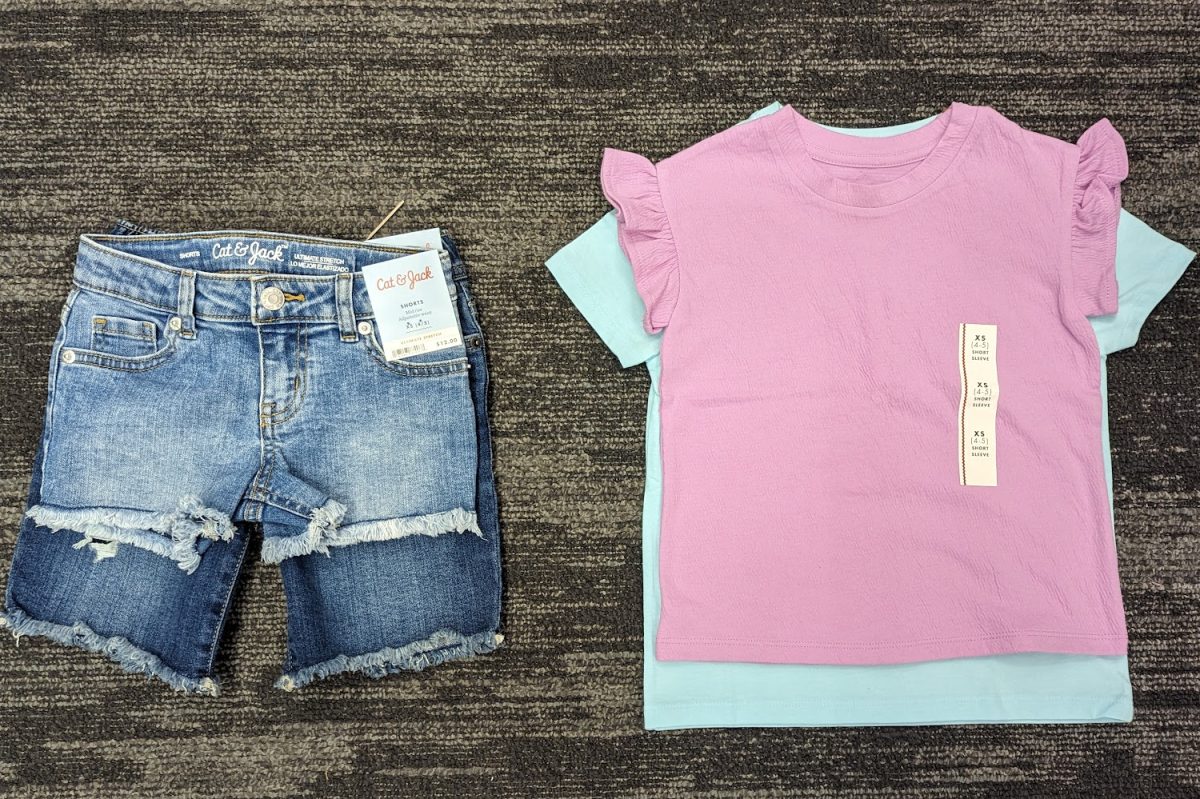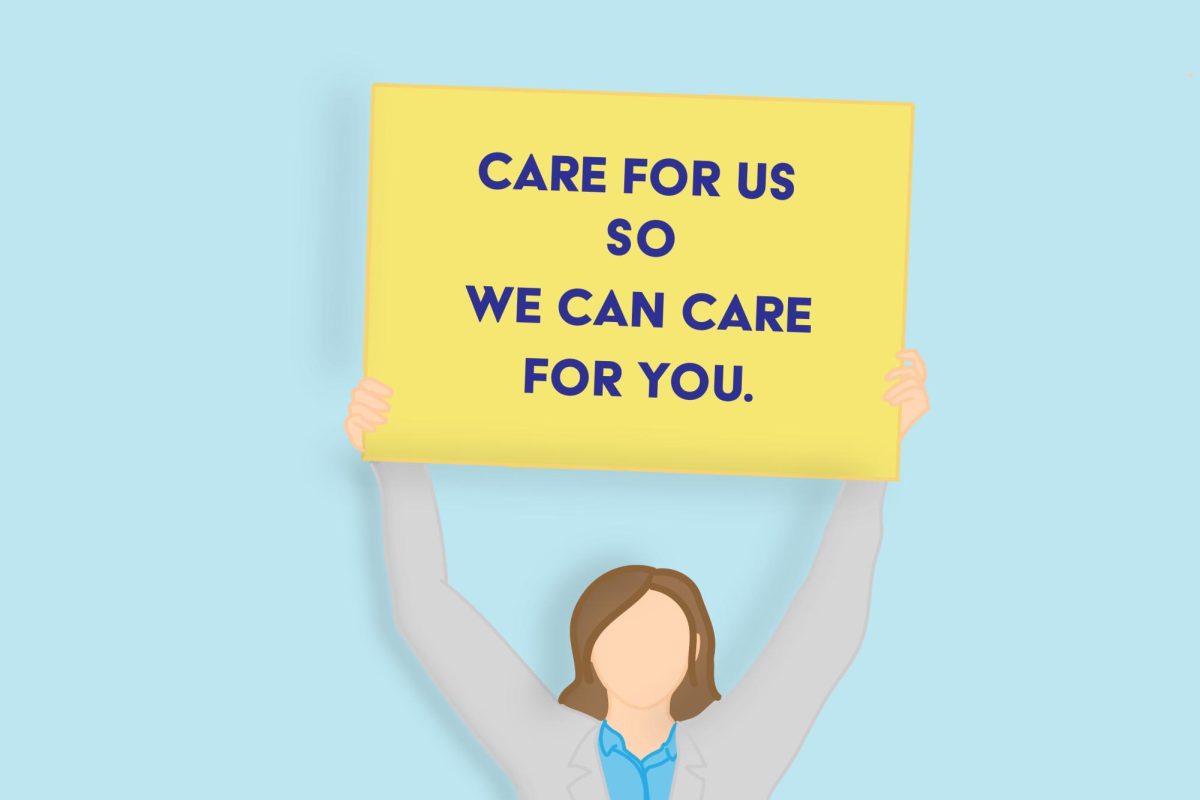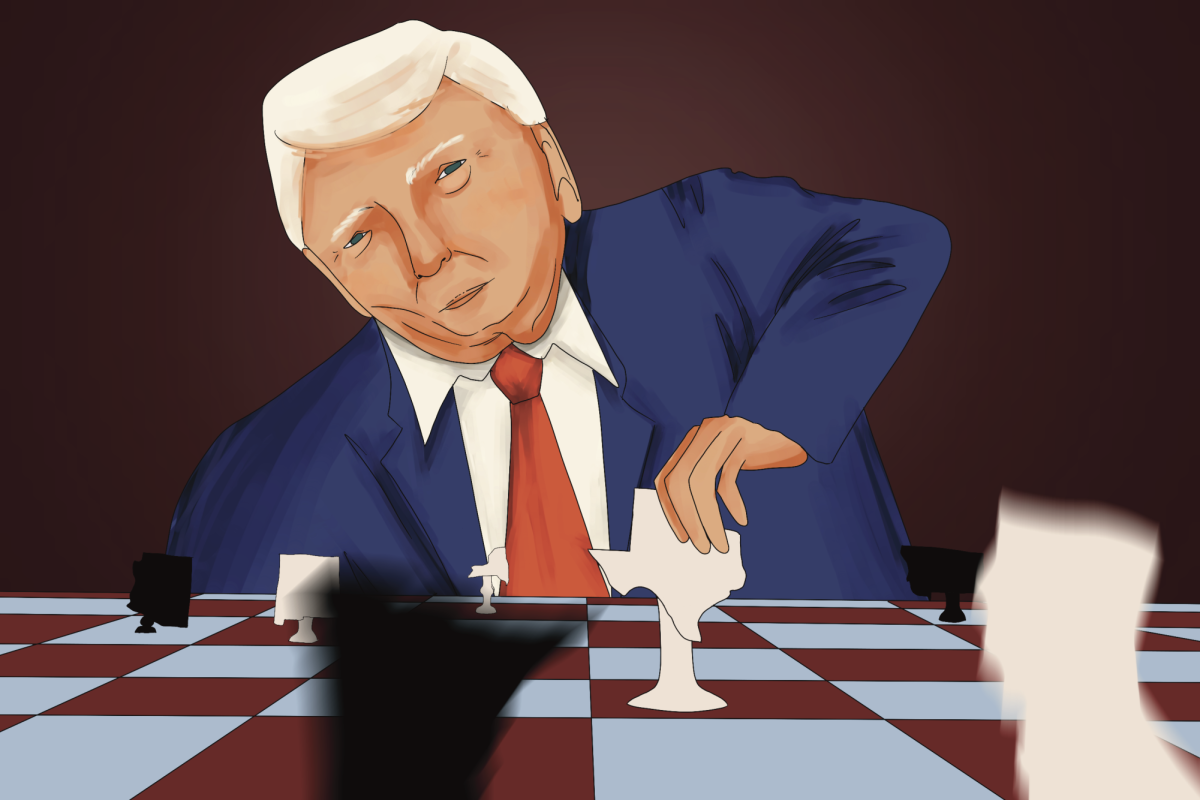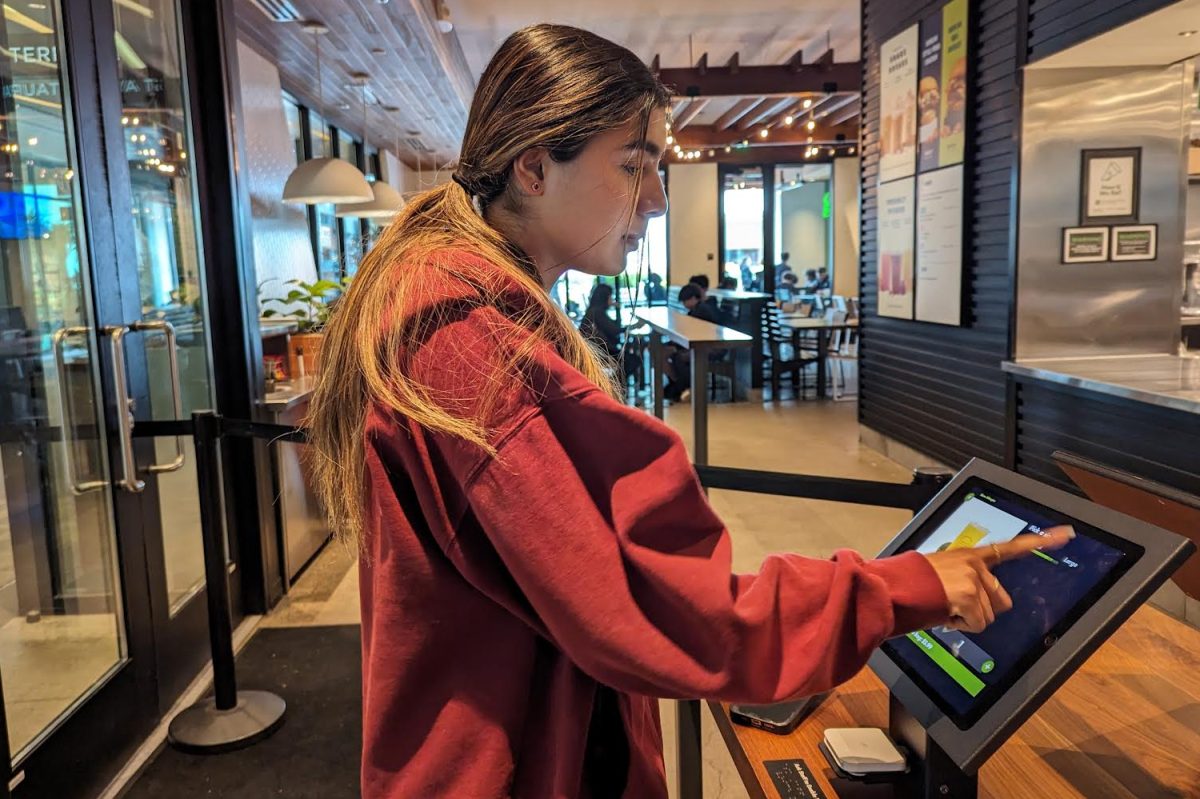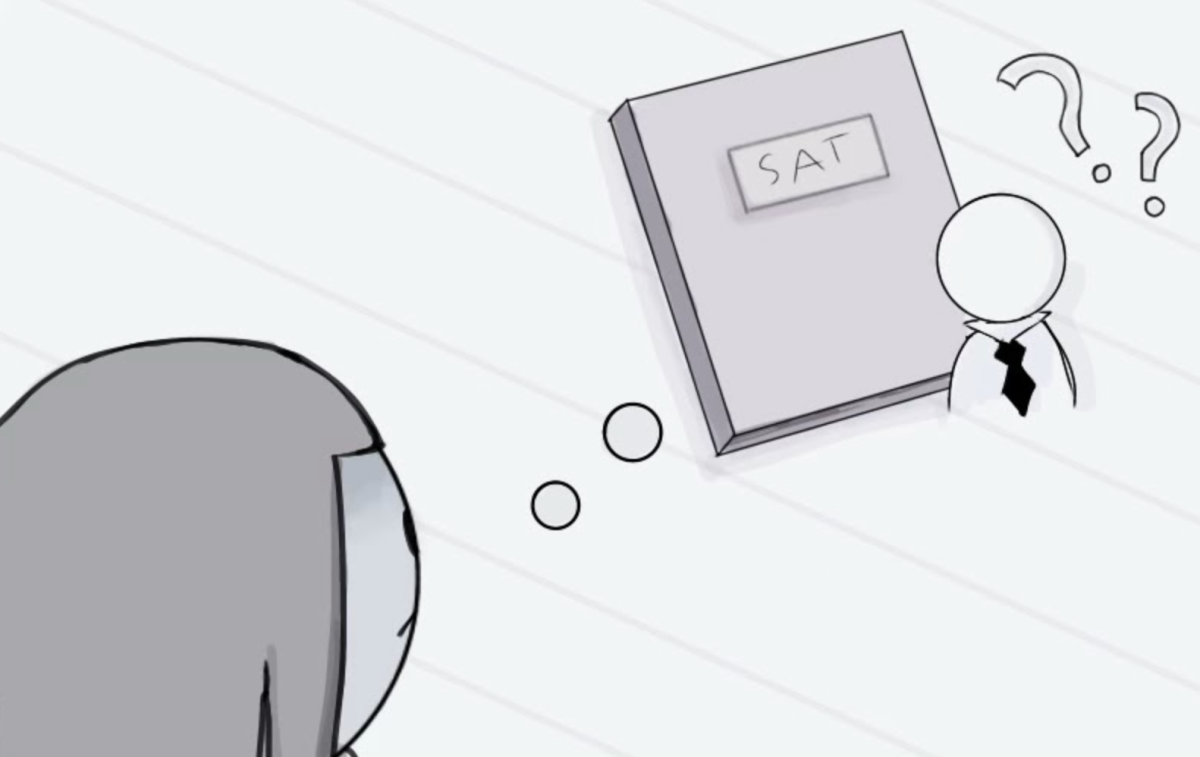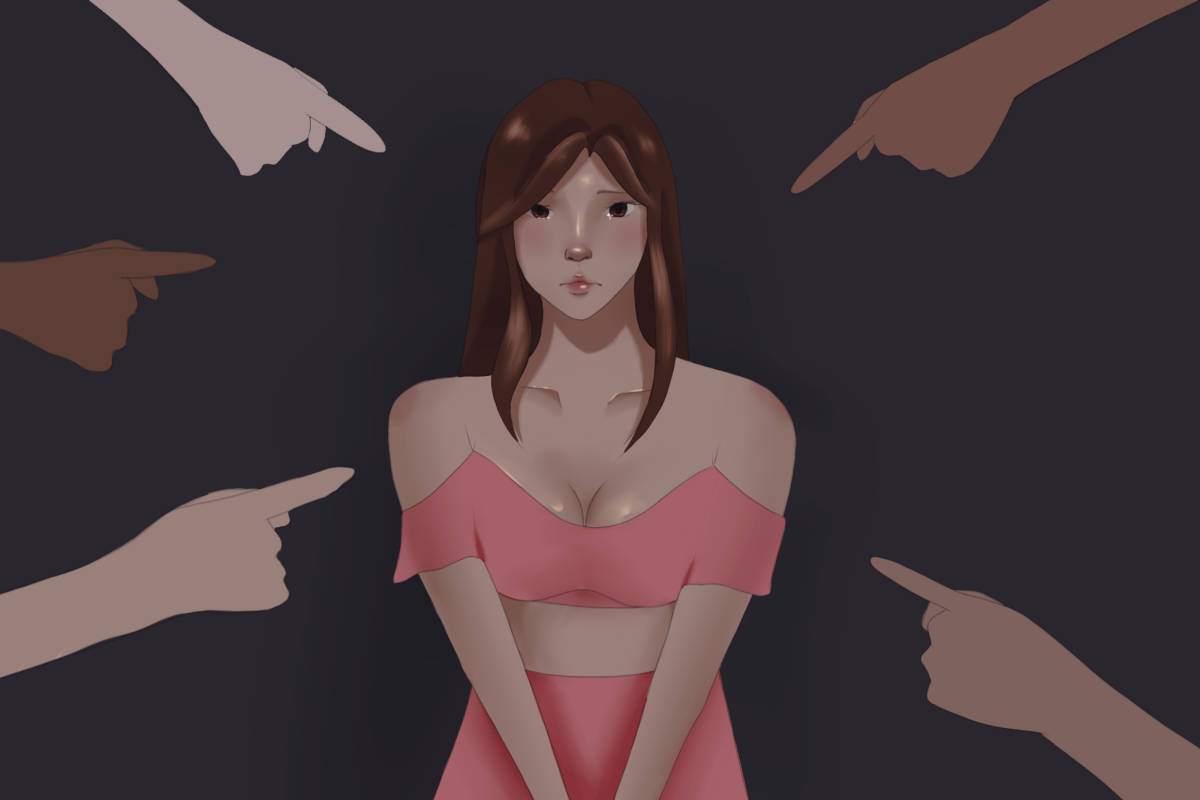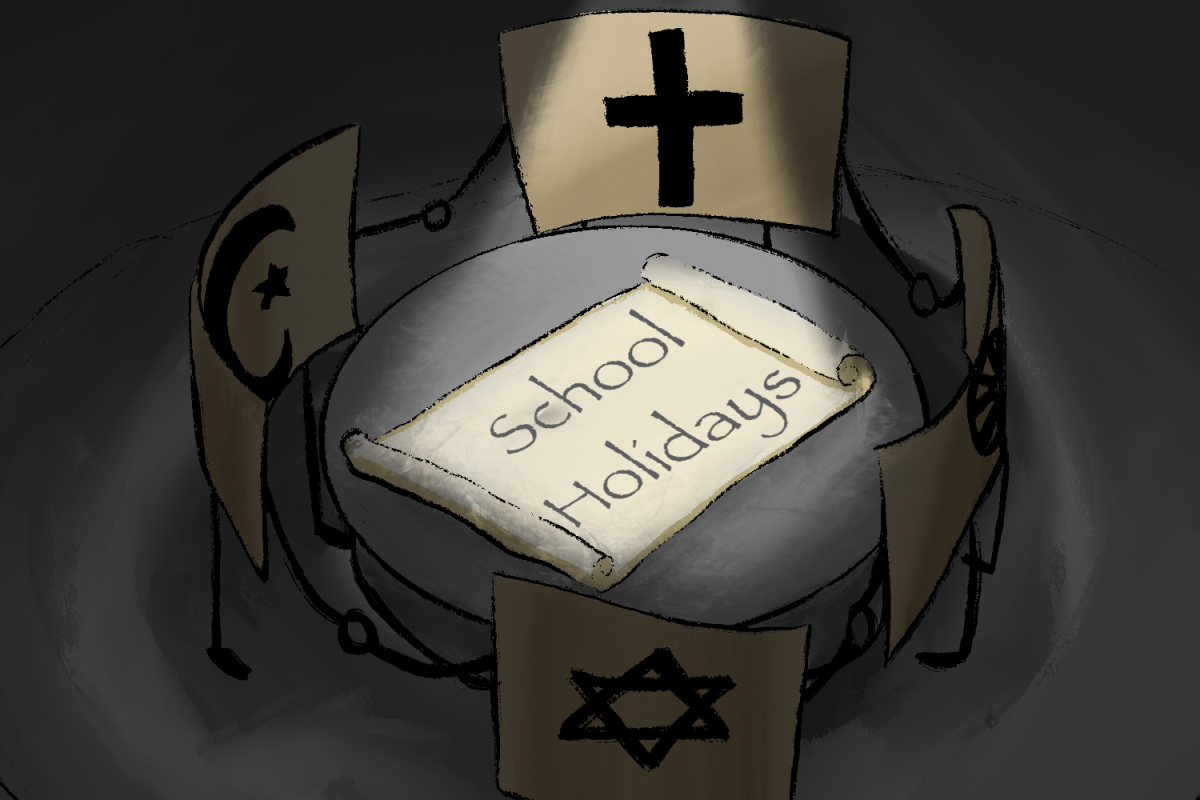“You are not alone.”
“It’s okay not to be okay.”
“You are loved.”
“You matter.”
I have seen phrases like these float around the Internet too many times over the past few years. In the past, I wondered if the user who shared them just did it for popularity, or if they actually care about the people who see them.
Recently, I have noticed that so many people talk about wanting to remove the stigma from conversations about mental health, yet it remains. Organizations like Bring Change to Mind (BC2M) and the American Foundation for Suicide Prevention (AFSP) have made it their mission to create healthier conversations about mental health. Yet, over three decades after the AFSP was founded, the organization is still releasing public safety announcements about how to create said conversations. Mental health is trending, but it seems like barely any progress has been made.
Why hasn’t society changed? The answer lies in other mediums through which messages about mental health are being sent. The most prominent of these mediums are popular culture and the media.
Of course, I can’t talk about how the media portrays mental health without bringing up “13 Reasons Why,” which was released in 2017. The show follows Hannah, a girl who takes her life and leaves cassette tapes that explain her reasons for doing so. The show became controversial for its graphic suicide scene, which was removed in 2019.
I watched the first season of the show when I was in eighth grade, and I was appalled at some of the messages being sent to viewers. For example, one of the characters in the show is Mr. Porter, a guidance counselor at Hannah’s high school. In the final episode of the first season, Hannah comes to him and tells him that she wants to die and needs help. However, Mr. Porter tells her that she made a decision that led to her situation and that she needs to move on. Hannah eventually moves on; she takes her life later in the episode.
To me, the message of the scene seemed to be that school guidance counselors do not help students; in fact, I only recently learned that this is not true. I thought about who else might be receiving that message and realized that it could stop students who need help from talking to counselors or other adults.
I had to look away during the suicide scene; the idea that Netflix would market something so graphic towards teenagers shocked me. After finishing the first season, I was in such a bad place mentally that I could not bring myself to watch the second season.
About a year after “13 Reasons Why” was released, a YouTube video was making headlines for its message about suicide. “We found a dead body in the Japanese Suicide Forest…” was uploaded (and eventually taken down) by Logan Paul in Jan. 2018. In the video, Paul visits the Aokigahara Forest and asks a corpse if it is alive. Soon after joking with the corpse, Paul turns to the camera and tells viewers that mental health is not a joke.
I’ll be honest; when I first watched the video, I did not understand why it was controversial. It took another watch for me to realize that Paul was exploiting a victim of suicide for personal gain. By making fun of the corpse, he was telling his viewers that suicide is nothing more than a joke. The notion that someone as popular as Paul would use his platform to say things like this astounded me at first. I soon learned that, at least to some YouTubers, controversy and fame are one and the same.
Although the two controversies are separate in their delivery, they have something in common: the people who created them tried to make things right. Paul tweeted an apology to his viewers after taking his video down and took a break from posting on his channel. Netflix added a warning video to the first episode of each of the three seasons of “13 Reasons Why” after mental health professionals criticized the show. Netflix also created 13reasonswhy.info, a website that contains resources on mental health and videos from members of the show’s cast. However, I feel as though Paul and Netflix only took these actions to save their reputation. Paul’s apology brags about the days he spends creating content, and Netflix did not edit out a scene in the show that graphically depicts a sexual assault.
Ironically enough, another similarity between the two events is that both began as attempts to start conversations about mental health, but ended up adding to the stigma in different ways. By including graphic scenes and stereotypes, “13 Reasons Why” romanticizes mental illness and tells viewers that suicide will lead to posthumous fame. With a lighthearted attitude and a last-minute disclaimer, Paul’s video markets suicidal people as laughingstocks who are targeted even after death. Mental health is a delicate topic, and even those with good intentions can make mistakes.
Some may argue that it is only a matter of time before someone else comes under fire for insulting mental health, but I believe society is changing. My generation is raising awareness about mental health issues such as toxic masculinity and anxiety, and we are paving the way for more meaningful conversations to come. To us, mental health is more than a trend; it is the definition of resilience and leadership within ourselves, and we believe the future will be stigma-free.
We will be the generation to reach out to those who are struggling and remind them:
You are not alone.
It’s okay not to be okay.
You are loved.
And most importantly, you matter.
If you are having thoughts of suicide, talk to your guidance counselor or Carlmont Mental Health Specialist Shelley Bustamante, or dial the National Suicide Prevention Hotline at 1-800-273-8255 (TALK).

